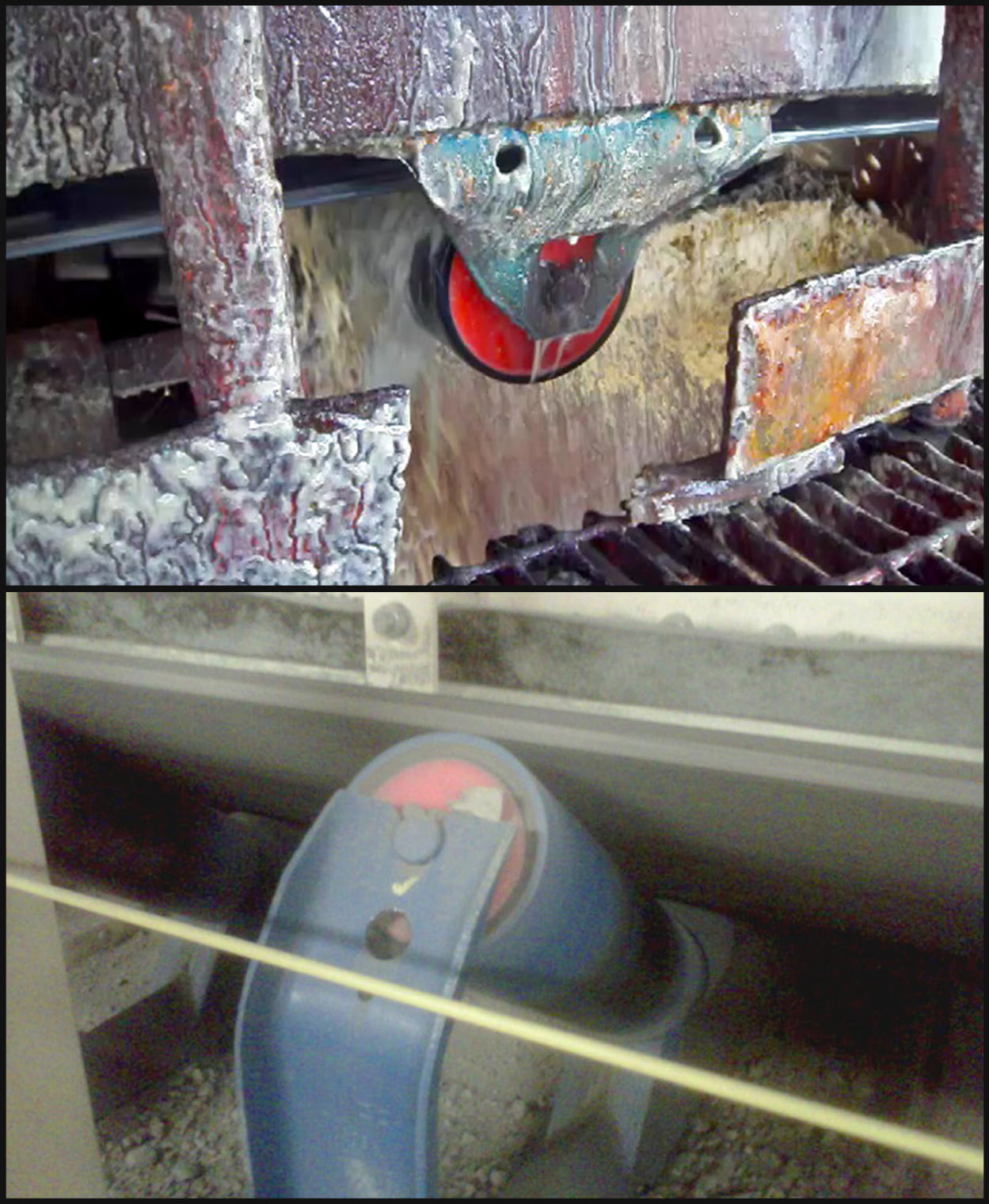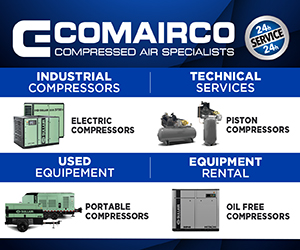Luff Industries, from its Calgary-area factory and warehouses throughout North America, has supplied the potash industry for many years with belt conveyor idler and pulley components and accessories. Through the various relationships with OEMs, distributor representatives and engineering firms, quality products have been delivered to many operations for their bulk material handling requirements. As with any industry, the potash industry has specific requirements for these types of operations, given the type of material being conveyed. In many cases, Luff Industries’ standard product offerings are well suited for these applications and provide cost-effective solutions, as well as cost savings through reduced maintenance demands.
Two such standard product offerings from Luff Industries are the HMS High Moisture Seals for conveyor idler rollers, and ceramic lagging options for the conveyor pulleys.
The HMS High Moisture Seals address two major causes of conveyor idler roller failure – jammed rollers and bearing contamination. It combines the advantages of the SAL Safety Anti-Lock Shields with the protection of a grease barrier. The SALS were developed approximately 20 years ago at Luff Industries in response to the common problem of rollers jamming. Whenever there is spillage that can build up between the end of the rotating roller and the fixed frame that it sits in, there is a possibility for the roller to jam. When this happens, the belt will continue to slide over the jammed roller and in many cases, a hole is worn into the roller shell, and in turn can cut the belt and/or tear out belt splices. This end protective disc remains stationary with the roller shaft and therefore eliminates the problem of rollers seizing due to material spillage. The protective grease barrier provides a tortuous path to protect against fine particulate contaminants, such as potash, from entering the end of the roller. As well, during wash-down cleanup, the convex shape of the disc acts as a deflector against direct water pressure on the end of the roller. The rollers can come factory-installed with the HMS High Moisture Seals, or they can be easily installed in the field. As in the case with the roller in the photo, water from wash-down seen here was prevented from entering the roller ends, thus greatly extending the life of the operation’s rollers. The potash customer in Florida has since standardized with all rollers coming with the HMS.
For conveyor drive pulleys, ceramic lagging is often selected. The two major benefits of using ceramic lagging are traction and the abrasion-resistance characteristic of the ceramic tiles. The raised dimples on the ceramic tiles momentarily engage in the cover of the belt, thus providing a mechanical interlock for traction. Standard rubber pulley lagging relies only on surface friction while the design of the ceramic drive pulley offers a much higher coefficient of friction. Therefore, the possibility of belt slippage is almost completely eliminated for wet belt, freezing and dirty belt conditions. The Richwood ceramic lagging that is often used on Luff Industries’ pulleys is a high-quality lagging. The individual tiles are embedded in the rubber of the lagging, with a shock-absorbing layer of rubber underneath and the tiles used are of an excellent quality to promote durability against wear and impact. Richwood has several types of ceramic lagging available for drive pulley applications. The 42-inch diameter by 63-inch face width drive pulley shown here was recently manufactured for a Saskatchewan potash operation and is an engineered class pulley. The pulley design and the ceramic lagging selected corresponds to the calculations specific to the belt conveyor that it will be installed on.
Many applications have special requirements and the potash industry is no different. It is important to install conveyor components that decrease maintenance and downtime costs and increase the overall performance of your conveyor systems.









